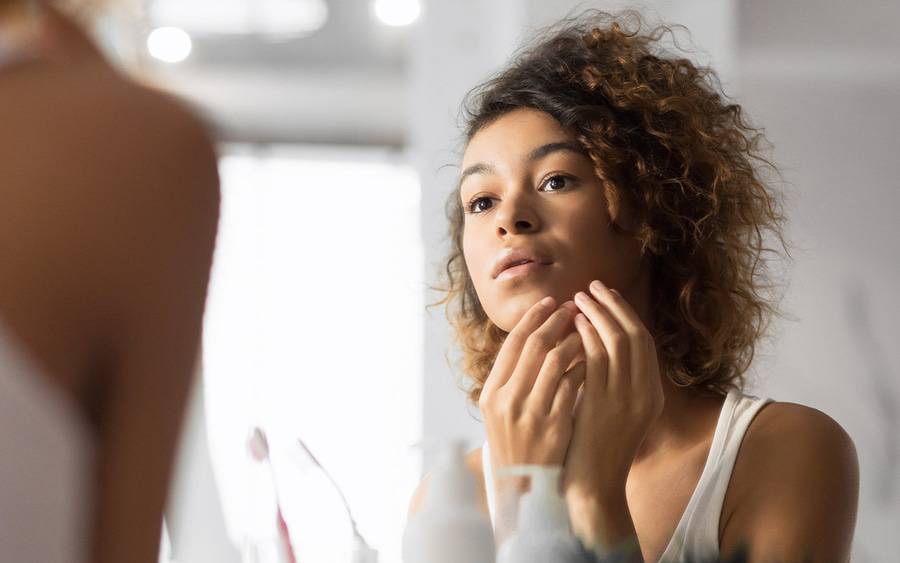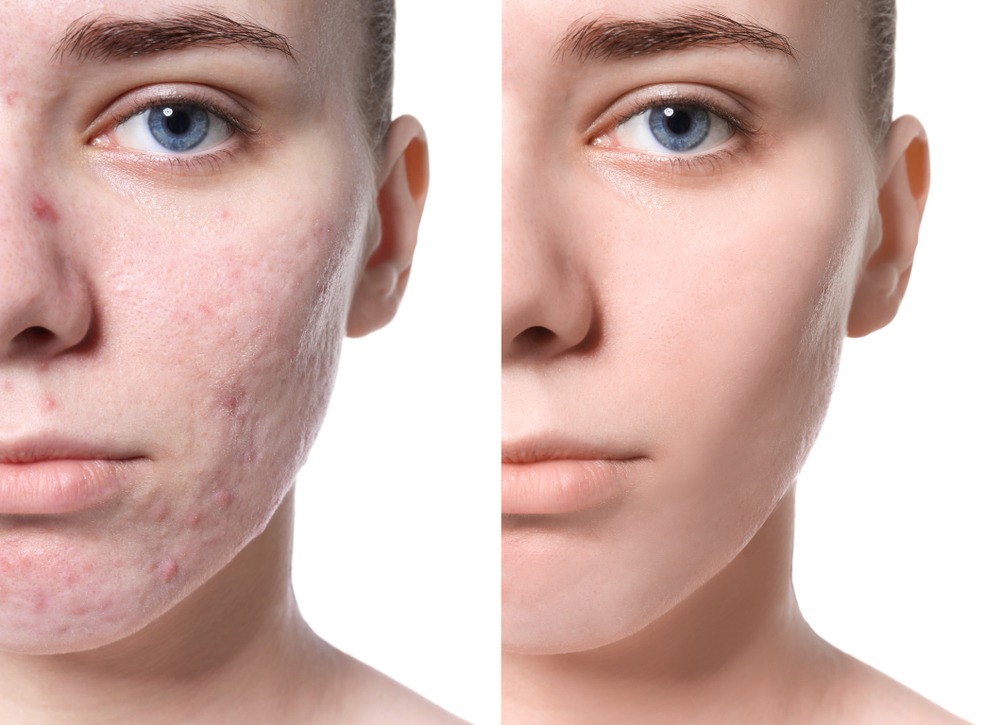Acne and Acne Scars Treatment: Specialist Solutions for Lasting Results
Acne and Acne Scars Treatment: Specialist Solutions for Lasting Results
Blog Article
Recognizing the Different Skin Conditions and Efficient Treatment Options for Acne Scars
Acne marks represent a complex interplay of skin disease that substantially effect individuals' self-worth and total skin health and wellness. Comprehending the distinctive kinds of acne marks-- hypertrophic and atrophic-- together with their underlying reasons, is critical for determining effective therapy strategies. Different healing alternatives exist, varying from sophisticated skin-related treatments to natural solutions. However, the effectiveness of these therapies frequently depends upon customized evaluations by certified specialists. As we check out the landscape of acne scar administration, it comes to be obvious that the journey toward more clear skin may involve more than simply topical services.
Sorts Of Acne Marks

On the other hand, hypertrophic marks result from an overproduction of collagen throughout the recovery process, causing raised areas on the skin. These scars are commonly firm and can differ in shade, sometimes appearing red or darker than the surrounding skin.
Recognizing these types of acne marks is vital for creating an efficient therapy strategy - skin rejuvenation treatments. Options may include chemical peels, laser therapy, microneedling, or dermal fillers, tailored to the specific mark type. A complete examination with a dermatologist can help figure out the most suitable treatment, taking into consideration the person's skin kind, scar intensity, and total skin wellness
Root Causes Of Acne Scarring
Scarring occurs as an outcome of the body's natural healing reaction to swelling and injury caused by acne sores. When acne forms, it activates an inflammatory reaction, causing the release of numerous cytokines and growth elements that advertise healing. However, this process can sometimes bring about excessive cells formation or poor repair, leading to marks.
The key root causes of acne scarring consist of the severity of the acne itself, period of the lesions, and individual skin types. Serious inflammatory acne, such as cysts and nodules, is most likely to cause scarring because of much deeper tissue damages. Furthermore, improper handling of acne sores, such as choosing or squeezing, can worsen cells injury and swelling, enhancing the chance of scarring.
Hereditary predisposition likewise plays a considerable duty; individuals with a family members background of scarring are at a greater risk. In addition, skin type and shade can influence scar development, as darker skin tones might experience post-inflammatory hyperpigmentation, while lighter skin might create atrophic scars.
Eventually, understanding these causes is essential in taking care of acne and alleviating the capacity for scarring.

Treatment Choices for Scarring
Effective treatment choices for acne scarring differ depending upon the kind and extent of the marks. Generally classified into atrophic, hypertrophic, and keloid scars, these problems call for customized approaches for optimum outcomes.
For atrophic marks, which are characterized by a loss of tissue, treatments such as chemical peels, microdermabrasion, and laser treatment are frequently used. These methods promote skin renewal and boost collagen manufacturing, therefore enhancing skin texture. Subcision, a minimally intrusive treatment, can likewise work by damaging up fibrous bands beneath the skin.
Keloid and hypertrophic scars can be extra testing to treat. Alternatives consist of corticosteroid injections to reduce swelling and flatten the marks. Sometimes, cryotherapy or laser therapy might be suggested to decrease their look.
Surgical options are offered for severe scarring, where excision or skin grafting might be essential. It's crucial for individuals to seek advice from a dermatologist to evaluate their certain scar type and talk about one of the most suitable therapy strategy. Combining multiple treatments commonly generates the very best results, ensuring that each patient's unique skin disease is addressed properly.
Natural Remedy and All-natural Solutions
All-natural options and natural home remedy can offer an available strategy for people seeking to improve the appearance of acne marks (acne treatment for sensitive skin). Different ingredients discovered in the home cooking area have shown possible advantages in improving skin structure and advertising healing

An additional efficient choice is lemon juice, which serves as an all-natural exfoliant and can lighten hyperpigmentation. It ought to be utilized carefully, here as it might cause photosensitivity. Oatmeal masks are additionally advantageous; their mild exfoliation can assist get rid of dead skin cells while soothing inflammation.
Vital oils, such as tea tree oil and lavender oil, can better sustain mark recovery because of their antimicrobial residential properties. It is important to execute a patch examination before applying any kind of remedy to make certain there are no adverse responses. These natural services can be a complementary approach in the journey to reduce acne scars.
Preventing Future Scarring
Adopting a positive technique to skincare can dramatically lower the risk of developing future acne scars. Routine cleaning, peeling, and hydration can assist preserve skin wellness and protect against clogged up pores.
Additionally, avoiding the temptation to pick or squeeze acne lesions is important, as this can cause swelling and subsequent scarring. Instead, people should focus on applying topical treatments that promote recovery and lower swelling. Ingredients such as salicylic acid, benzoyl peroxide, and retinoids are recognized for their efficacy in handling acne and lessening scars.
Sun security is one more vital component; direct exposure to UV rays can dim scars and impede recovery. Consequently, making use of a broad-spectrum sun block daily can reduce these effects - acne treatment for sensitive skin.
Finally, keeping a healthy diet plan abundant in antioxidants and staying moisturized supports skin regrowth. By executing these safety nets, individuals can substantially lower their danger of future scarring and advertise overall skin wellness.
Conclusion
In verdict, a detailed understanding of acne scars, encompassing both hypertrophic and atrophic kinds, is essential for reliable treatment techniques. Appointment with a dermatologist continues to be necessary to devise personalized methods that take into consideration specific skin kinds and mark seriousness, inevitably boosting the effectiveness of mark administration strategies.
Acne scars stand for an intricate interplay of skin problems that substantially effect individuals' self-esteem and look here total skin wellness. The two main categories of acne scars are hypertrophic and atrophic marks. These scars are further identified into three subtypes: ice choice scars, which are deep and narrow; boxcar marks, which are bigger and my response have well-defined sides; and rolling marks, which produce a wave-like appearance due to uneven skin texture.
An extensive consultation with a skin doctor can help identify the most ideal intervention, taking into account the individual's skin kind, scar intensity, and overall skin health.
Assessment with a skin specialist stays crucial to devise personalized techniques that consider private skin types and scar intensity, ultimately boosting the efficiency of scar monitoring methods.
Report this page